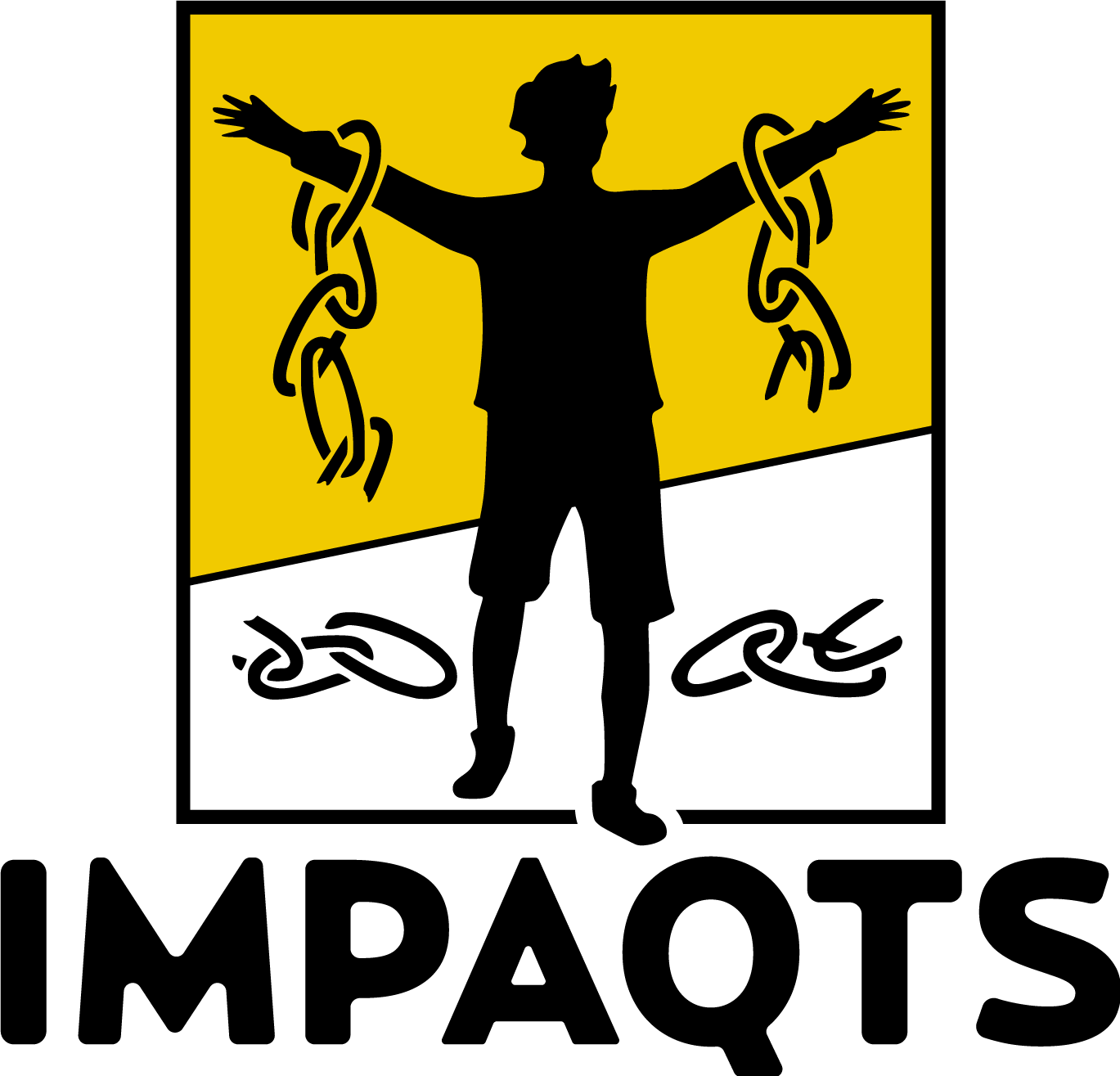Content
Team effectiveness is essential to attain growth and accomplish goals, and the best way to achieve this is to understand the individuals within your team and how to best work with them. The aforementioned models do their best to map this so that teams and leaders are on the right path toward success. The Situational Leadership Model, developed by Hersey and Blanchard, is another useful team development model. According to this model, effective leadership depends on the situational demands of a particular task and the readiness level of the team members. Forming is a period of testing and orientation in which members learn about each other and evaluate the benefits and costs of continued membership. People tend to be polite, will defer to authority, and try to find out what is expected of them and how they will fit into the team (McShane et al., 2018, p. 232).
SolutionsMeeting agenda softwareCollaborate on meeting agendas, assign action items, and ask for meeting feedback. Development of online stores and interactive online services based on CMS, frameworks, and other tools can be left to the care of web developers. If you need a landing page or an online business card, frontend developers will come to help. When individuals work together, it can produce better output for the business. Everyone on the team needs to be able to communicate, cooperate, and collaborate in order to innovate and get the best possible results.
However, there are some strategies you can do to help your team advance through the five stages with minimal conflict. For your team to be as successful and as high-performing as possible, it’s important that all five stages are utilized to their fullest potential. You may feel like you can skip the first or the last, but each stage has a purpose.
Why Tuckman’s Stages of Team Development is Helpful
The teams do not necessarily pass through the above mentioned stages and stay in the stage reached but keep moving back and forth. The various factors, such as, new member join and current members leave, new tasks are assigned, the leadership changes etc keep the teams moving back and forth among various stages. Assessing the team’s strengths and weaknesses and identifying areas for improvement stands on the beginning of this model. After that, the team can work together to build trust, manage conflict, and establish clear communication and decision-making processes. This may involve conducting team building exercises, establishing norms and expectations, and providing training and coaching to team members as needed.
I first remember learning about Tuckman’s 5 Stages of Teams Development and model while a management trainee at a large company. I found it fascinating—because I instantly saw that this model applies to ANY groups—and relationships too. It is on my short list of absolutely crucial models from Social Psychology, for every Project Manager to be aware of. Do check out our article, Top 12 Psychologists a Project Manager Should Know About.
If you think you should have access to this content, click to contact our support team. Please note that at this point, the aim of the exercise is to learn about your team members, rather than to control their behavior. So, first of all, let’s just recognize that this is how this person works. It’s important for us to understand the things that may cause negative emotions in our teammates, as this helps us to be aware and respectful of each other’s boundaries. This is the stage where the dominating group members emerge, while the less confrontational members stay in their comfort zone.

Problems and conflicts still emerge, but they are dealt with constructively. Dr Mike Clayton is one of the most successful and in-demand project management trainers in the UK. He is author of 14 best-selling books, including four about project management. He is also a prolific blogger and contributor to ProjectManager.com and Project, the journal of the Association for Project Management. Between 1990 and 2002, Mike was a successful project manager, leading large project teams and delivering complex projects. Now you will start to see individuals stepping into leadership roles as their capabilities and interests dictate.
Different expectations of behavior
The leader of team should focus on Job enrichment as a job satisfaction strategy when money and hygiene factors cannot be increased or no longer motivate a staff member. However, by answering these questions, we can identify ways our own behavior can directly affect the outcome of the project. Based off our own work preferences and those of our teammates, you can adjust your work style as much as you’re comfortable with to improve the team’s workflow. For example, if you are working in accounting or financial systems that deal with money, and you experience problems as a result of carelessness in your work, then you should definitely change your behavior. It is common for individuals to have different expectations of work behavior and potential conflicts can arise due to these differences. For example, one member might be particular about sticking to timings while another member is more flexible or ‘loose’ with time.
- But neither this observation nor my assertion that ‘a team will storm’ explains why a team sometimes doesn’t storm at the ‘right’ time.
- At Zenkit, we strive to post helpful, informative, and timely content.
- In the Performing stage, the team makes significant progress towards its goals.
- Collaboration, conflict resolution, participation, and cohesion are most likely to influence staff satisfaction and perceived team effectiveness.
- Let’s look closer at the different types of team development models and when they are most effective.
However, if the tasks teams work on are too difficult, this stage can turn back into the storming one. This can happen when team players do not communicate problems well, or ignore them. Considering that this model prioritizes collective thinking, it is best used by managers looking to gain a further understanding of the dynamics of collaboration and teamwork. A team must work on accountability, skills, and commitment (known as “effectiveness factors”) to achieve all three of the above outcomes. Though it can be good to keep your eye on the positives, the Lencioni model shouldn’t be overlooked for its negative view of what to avoid. No matter how successful your team is, it can be helpful to understand what factors could be detrimental to your team and what to do if you end up facing one of them.
Steps to Becoming a Creative Leader
If teams get through the storming stage, conflict is resolved and some degree of unity emerges. In the norming stage, consensus develops around who the leader or leaders are, and individual member’s roles. Interpersonal differences begin to be resolved, and a sense of cohesion and unity emerges.
I have been working with teams for a while now and I find this model to be very helpful. I have found that it is a good way to track the progress of a team. Tuckman’s Team and Group Development Model empowers us to understand what stage we are at – and identify actions that we can take to help our team perform better.
As well, it helps to train people in group work enabling them to accomplish their full potential (Bruce Tuckman’s 1965, n.d.). It seems very neat to define the stages of team formation and development; however, each team is different and the team development model may not be as linear as it appears. Several factors come in play like – past experiences, previous working relationships etc. And interestingly at times, teams do not progress through the stages as a whole unit. According to Psychologist Bruce Tuckman, a team typically progresses through various stages in their overall performance. He described the phases of team development as forming, storming, norming, and performing in 1965.
Extensions to the Original Tuckman Model
This is a highly productive stage both personally and professionally. This Tuckman’s Team and Group Model just says these are phases a team tends to cycle through. It’s not a hard and fast – they go through Stage 1, then Stage 2. It’s more to be aware of these phases and use them to inform your leadership or coaching (and for self-management too!). Notice what stage their team is at, helping team members to process and acknowledge the inevitable conflicts and changes during group development. The most commonly used framework for a team’s stages of development was developed in the mid-1960s by Bruce W. Tuckman.
The team has just been introduced to each other and the task has been allocated. This is an interesting psychological moment as team members tend to behave independently at this stage. Whilst there may be good spirits and good intentions, the trust won’t be there. Team members move into different places or initiatives, and must remember their learnings from the completed project. Carrying these forward into new opportunities within a business will create a collective cultural memory, which will influence any newcomers into the organisation. Team members will feel confident enough to express their opinions, leading to greater collaboration and investment in the team.
The Hackman Model
Team members can also gain a better understanding of the dynamics of their team and how they can best contribute to the team’s success. Unity is upon everyone and a consensus develops around who the leaders are, what everyone’s role is, and what comes next. There’s also a sense of bonding between the team and is more familiar with each other’s personalities and sense of humor. There should also be a sense of comfort in the norming stage when giving constructive feedback through online forms, or asking for help as you work through various tasks.
Adaptations for Project Management
Some team members may need to let go of ‘their’ ideas and make sacrifices for the greater good of the team. Also, team members begin to clearly see others’ strengths and accept their weaknesses. five stages of team development principles of management Creating a closing celebration that acknowledges the contributions of individuals and the accomplishments of the team and that formally ends this particular team’s existence.
Take a look atthese seven characteristics of effective team building. Motivators would increase job satisfaction while the hygiene factors would reduce job dissatisfaction. Money as a reward would be a motivator otherwise a hygiene factor.
Motivating Team Members
These days, as teams reach maturity, they rarely adjourn at the end of their project. The joy of working successfully with colleagues we value is important to us and we mourn its loss. Like ‘real’ mourning, leaders should make time for their team to reflect on the transition and celebrate the past.
When this happens, members go back to their roots, back to their other teams or different organizations or formed again on another activity. Study with us and you’ll be joining over 2 million students who’ve achieved their career and personal goals with The Open University. The duration and intensity of the different stages can vary between teams. Some teams may have a very smooth and rapid passage through the first few stages of the model whereas others may have a much more difficult passage. The horizontal axis along the bottom of the figure is labelled ‘Team effectiveness’ and the vertical axis on the left is labelled ‘Performance impact’.
